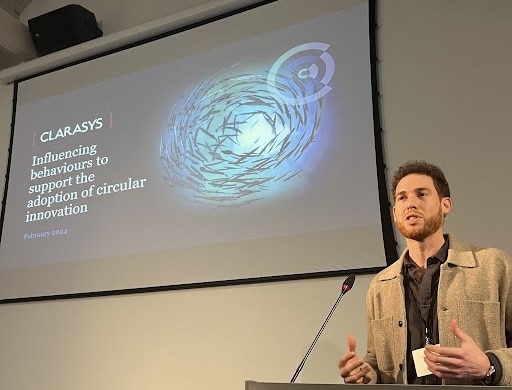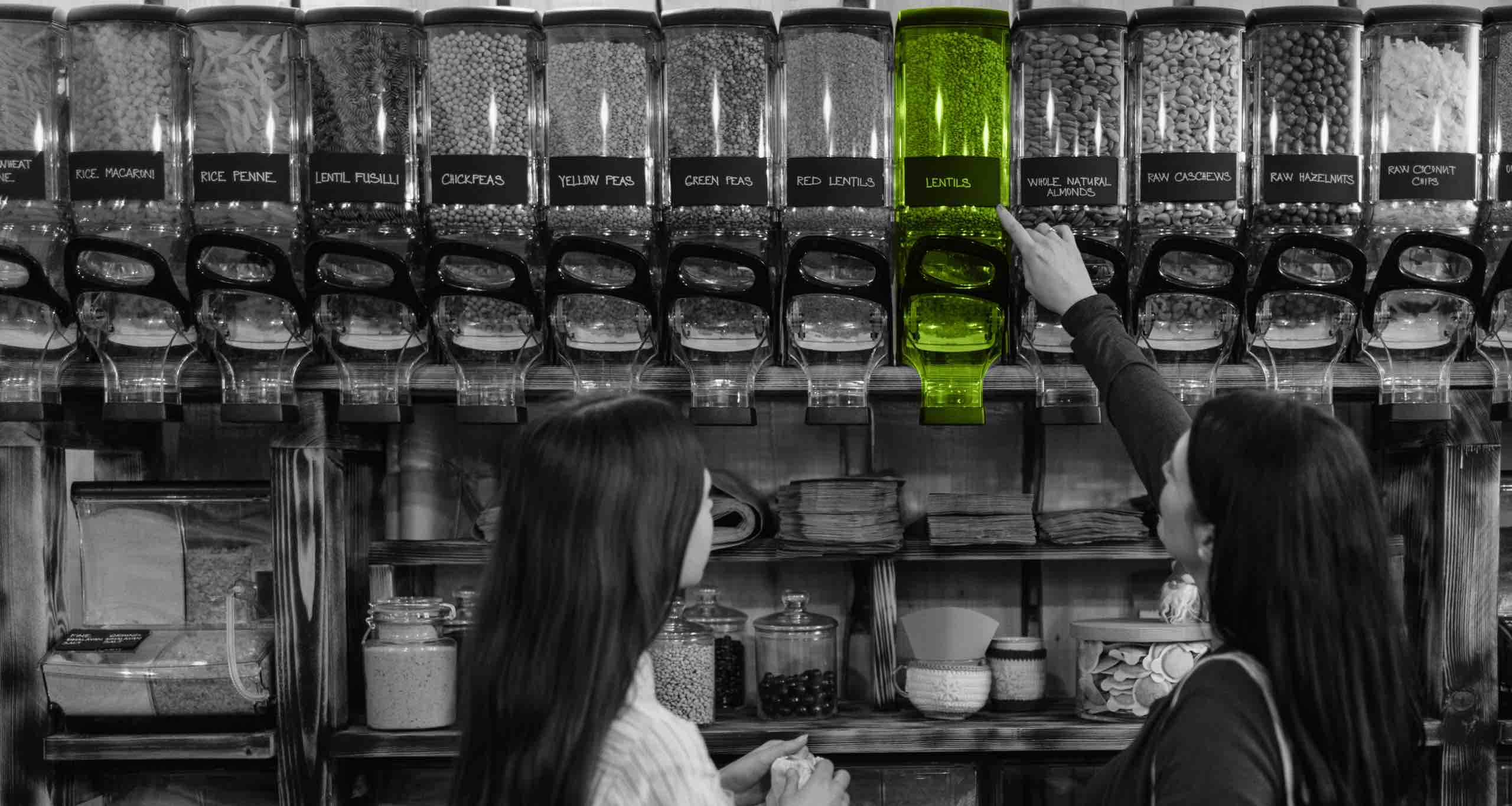Our circular economy (CE) specialists recently joined other experts across Circular Economy projects at the Innovate UK Circular Economy Exchange in Birmingham. Here are our key takeaways from the event.
Innovate UK Circular Economy highlights

Innovate UK Circular Economy highlights
Our circular economy (CE) specialists recently joined other experts across Circular Economy projects at the Innovate UK Circular Economy Exchange in Birmingham. Here are our key takeaways from the event.

Meet the author
Innovate’s “Redefining Sustainable Innovations: the Circular Economy Exchange”, coincided with the EU’s climate service announcement that global warming had exceeded 1.5C across an entire year for the first time.
This backdrop added extra importance to the day’s discussions about the real meaning of circularity, how we can drive behavioural change at scale, and practical solutions for businesses to take away and use. The Clarasys team had the privilege of rounding the day off with a workshop in collaboration with Dr Merryn Haines-Gadd, but more on that later.
The event enabled us to exchange cross-sector insights on the Circular Economy and hear from experts from a wide range of industries who are championing CE in their areas. We hope you find our highlights and key takeaways as interesting and inspiring as we did.
The real meaning of circularity
It’s common for people to be intimidated by the word circularity, due to a lack of education and awareness of its real meaning and purpose. As a result, they are reluctant to purchase a product or service they don’t understand or aren’t familiar with.
In a CE, products and materials are reused, refurbished, remanufactured, recycled, and composted so that nothing goes to waste, helping to tackle climate change and other global challenges, like biodiversity loss, waste, and pollution. The Ellen Macarthur Foundation, a charity committed to circularity, states the CE is based on three principles: eliminate waste and pollution, circulate products and materials (at their highest value), and regenerate nature.
Designing circularity with customers in mind
It’s crucial to consider the customer experience when designing circular business models. If there is the slightest bit of friction in the customer journey; for example if customers are expected to return a heavy refillable keg to the supermarket, there’s a risk that the circular model will fail as customers drop off and stop engaging.
Successful circular products all have one thing in common – they require minimal effort and are easy to engage with and adopt. Even the smallest painpoint can likely break the loop.
Part of the reason for this, is that customers suffer with what’s known as Temporal Myopia which is an inability to see or consider the long-term outcomes of the circular products and services they are contemplating. Our brains get very focused on the short-term gratification of our decisions. Education can also help to overcome this problem and cut through preconceptions and stigmas.
Positive branding can create excitement around a product and help customers understand the importance of picking and sticking to new circular behaviours. A great example here is Vinted and eBay. While eBay, which has been selling used items since 1995, is still considerably more successful than Vinted, it’s not deemed as cool as relative newcomer Vinted (founded in 2008).
Companies need to help customers look further into the future and understand their role and value in the circular economy which brings us neatly to our next takeaway.
Driving behavioural change at scale
Circular innovation is not about developing new technology (the technology already exists), it’s about driving behavioural change. If someone buys a reusable water bottle but doesn’t use it, they are just part of the problem, but if everyone in the chain – suppliers, manufacturers, as well as the consumer – adopts the CE, we can move the dial in the right direction. Products aren’t just products, they need to be a service with a life-long offering and your customers become active stakeholders within this service.Ensuring every stakeholder understands your mission and vision is the key to success here. Removing legal barriers that make it hard for organisations to increase circularity will also help – this means providing better definitions for what waste actually is.
Influencing behaviours to support the adoption of circular innovation, a workshop delivered by Clarasys and Dr Merryn Haines-Gadd
At the end of the day we led a workshop on customer engagement in circular business models where we deep dived into how customer experience (CX) differs in a CE compared to a more traditional economy. We also discussed some of the practical things that make a circular business model successful and how we can design for circular behaviour change.
By focusing on the weakest areas, we can close the loop in a circular journey. It’s not enough to sell customers circular products and services once. We need to keep engagement and adoption to realise the benefit of the CE and that means we need to educate the customer, ensure every stakeholder buys into the purpose of circularity, and design a customer journey that is easy, economic, and accessible.
If you need help building a future-fit organisation that unlocks the value of the circular economy, please get in touch.

